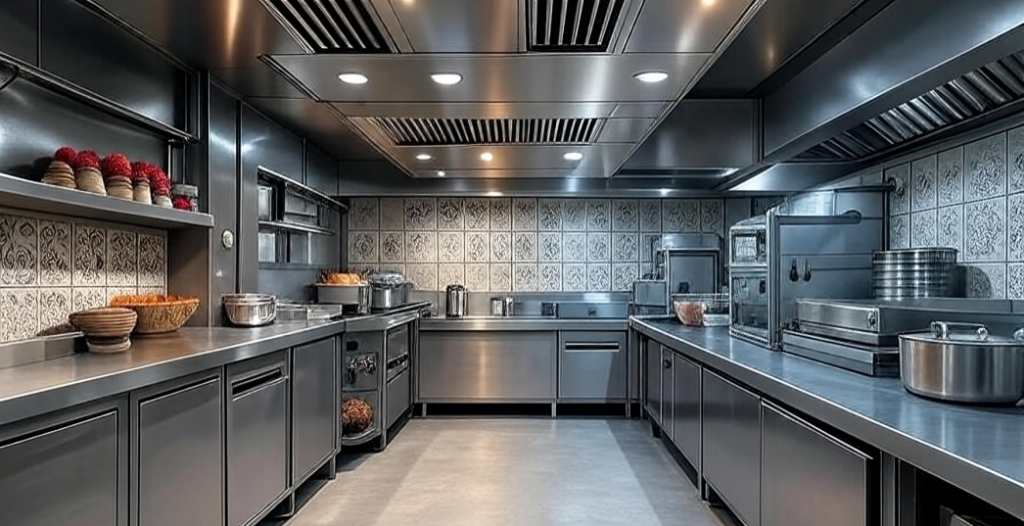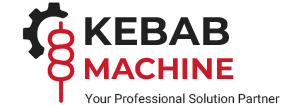Essential Equipment in Industrial Kitchens: The Role of the Kebab Machine
In today’s fast-paced food production environment, industrial kitchens require speed, hygiene, and consistency. One of the most valuable tools fulfilling these demands is the kebab machine.
Although this device is referred to by many names—such as kebab maker, kebab maker press, kebab maker machine, kebab press, kebab press machine, kebab maschine, adana kebab machine, or kebab skewers machine—they all refer to the same type of equipment: a machine that automates the kebab preparation process for professional kitchens.
Why Industrial Kitchens Rely on the Kebab Machine
Preparing kebabs manually is time-consuming and difficult to standardize. In contrast, industrial kitchens must produce hundreds or even thousands of kebabs per day under strict hygiene and consistency standards.
This is where the kebab maker machine becomes crucial. Whether you call it a kebab press, kebab skewers machine, or adana kebab machine, the purpose remains the same: shaping meat mixtures around skewers automatically and efficiently.
Benefits for industrial kitchens include:
-
Consistent portioning and shape
-
High-speed production
-
Reduced labor requirements
-
Improved hygiene
-
Minimal product waste
Different Names, One Machine
In international markets, the same machine may go by different names depending on the region or platform:
-
In Germany, it’s often called a kebab maschine
-
In English-speaking markets: kebab maker, kebab press, or kebab maker machine
-
On e-commerce platforms: kebab press machine or kebab skewers machine
-
In specialty restaurants: adana kebab machine, tailored to a regional product
Despite the different labels, they all perform the same essential function in industrial food production: automating and accelerating kebab preparation.

Focus on Adana Kebab Production
Certain models are specifically designed for soft, spicy meat mixtures like those used in Adana kebab. These are often referred to as adana kebab machines and include special molds that can handle delicate textures without breaking the meat.
Such machines typically feature:
-
Adjustable portioning
-
High production capacity
-
Easy-to-clean stainless-steel surfaces
-
Food-grade materials suitable for intensive use
Key Advantages for Industrial Use
Whether you refer to it as a kebab maker, kebab press, or kebab skewers machine, the core benefits for professional kitchens are:
-
Standardization: Every kebab is uniform in size and shape
-
Time Efficiency: Hundreds of skewers per hour
-
Labor Reduction: Fewer staff needed for repetitive tasks
-
Food Safety: Less hand contact with raw meat
-
Cost Optimization: Reduced waste and labor costs over time
Conclusion
No matter the terminology—kebab machine, kebab maker press, kebab maschine, or adana kebab machine—this equipment has become indispensable for modern industrial kitchens. It enables faster production, consistent quality, and better hygiene—key factors in food service success.
As the demand for high-volume kebab production increases globally, investing in a versatile kebab machine is not just an option, but a necessity for any serious food business.

No comments